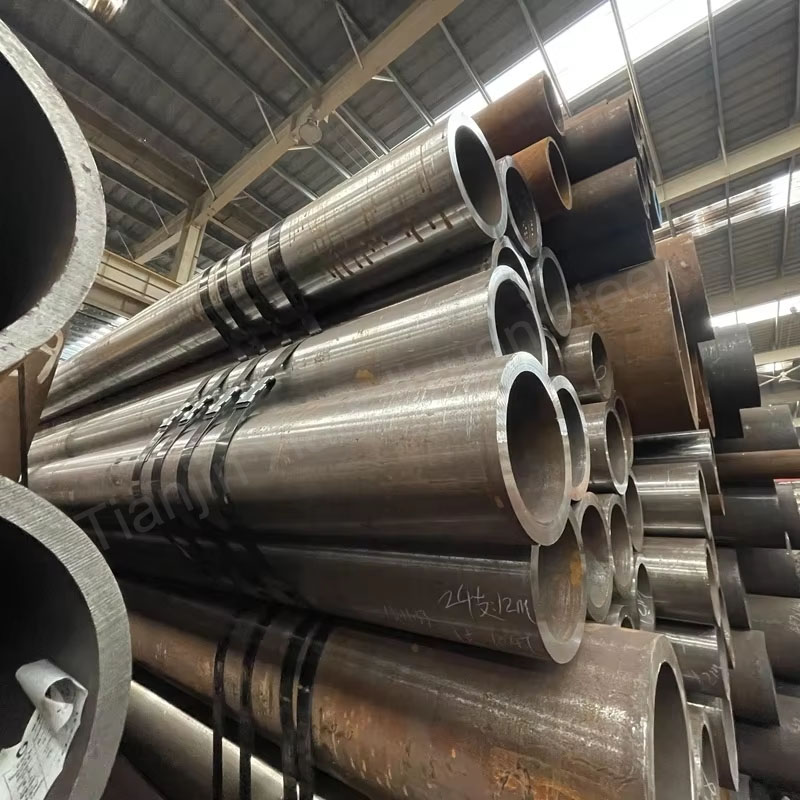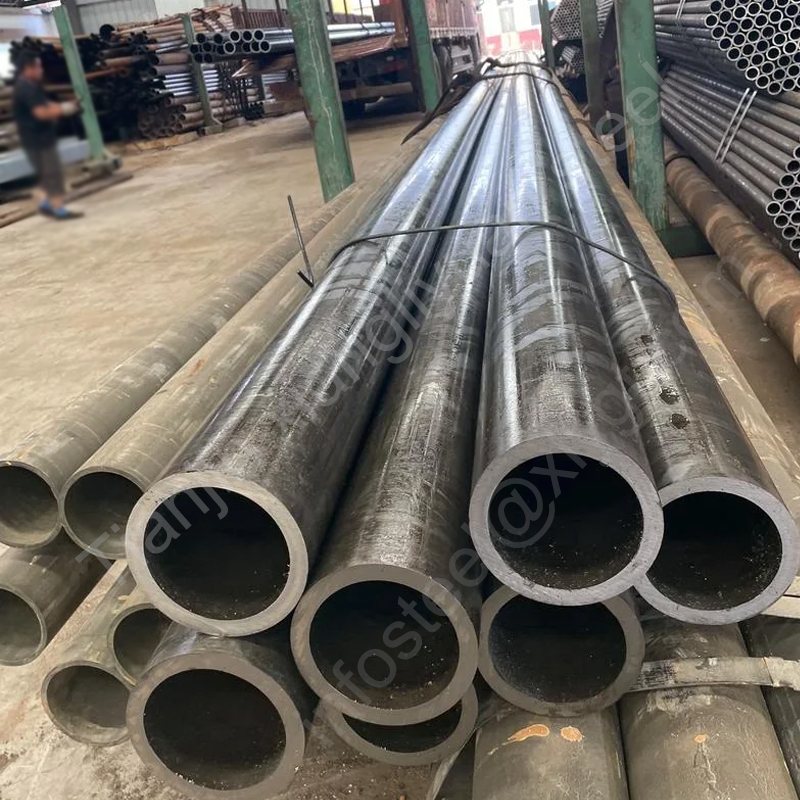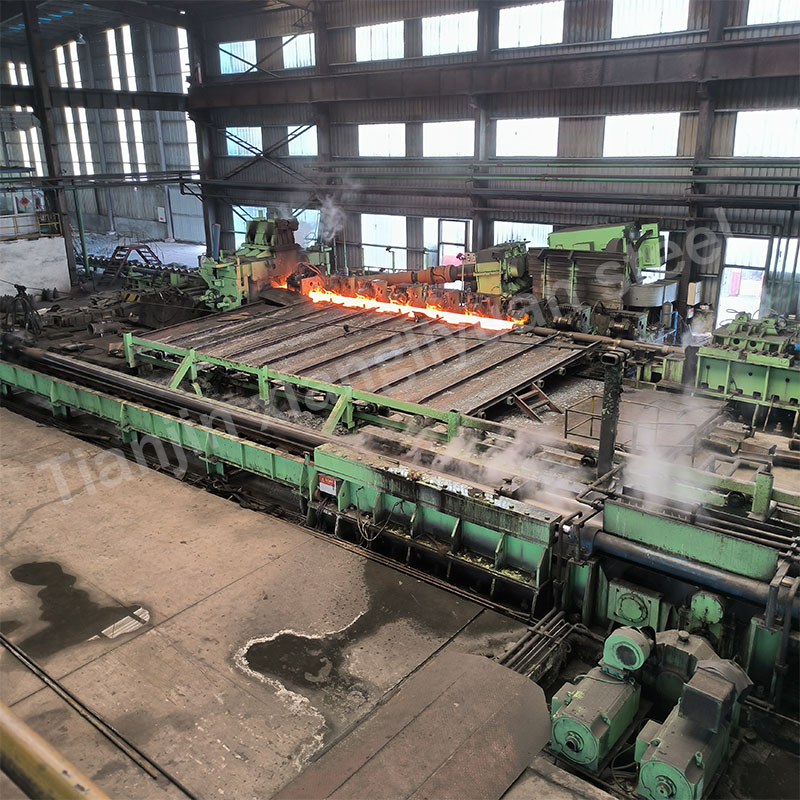Is there a difference between Steel Pipe and Steel Tube?
In the fields of engineering, construction and industrial manufacturing, steel pipe and steel tube are often mentioned. Although the two are similar in appearance and material, and can be collectively referred to as steel pipes in many cases, there are certain differences in their uses, specifications and performance characteristics.
1. Definition and Use
Steel Pipe is mainly used to transport fluids, gases or powdered substances. Typical examples include water pipes, oil pipes and natural gas pipelines. Its design focuses on the transport capacity. Therefore, the key parameter of Steel Pipe is its inner diameter (ID, Inside Diameter), which directly determines the amount of fluid passing through.
Main uses:
– Fluid transportation (such as water, oil, natural gas)
– Pipeline systems (such as sewers, heating systems)
– Support structures (such as building pile foundations)
Steel Tube pays more attention to structural performance and precision, and is widely used in machinery manufacturing, frame structures and the automotive industry. The key parameters of Steel Tube are its outside diameter (OD) and wall thickness, which affect its strength, durability and dimensional accuracy.
Main uses:
– Industrial parts (such as bearings, hydraulic cylinders)
– Structural frames (such as greenhouses, scaffolding)
– Precision applications (such as medical devices, automotive parts)
2. Shape and specifications
Steel Pipe is usually circular in cross-section because this shape can better withstand internal and external pressures and ensure the efficiency and stability of fluid transportation. The specifications of Steel Pipe are usually expressed in nominal diameter (NPS, Nominal Pipe Size) and wall thickness (Schedule), which determine its conveying capacity and pressure resistance.
Steel Tube has more diverse shapes, including square, rectangular and oval in addition to round. These shapes give Steel Tube greater flexibility and adaptability in structural applications. The specifications of Steel Tube are usually expressed in outside diameter (OD) and wall thickness, with high accuracy requirements, suitable for precision engineering.
3. Manufacturing process and material
The production of Steel Pipe focuses on strength and durability, and usually adopts welding or seamless manufacturing process. In terms of material, steel pipes are mostly made of carbon steel, stainless steel or alloy steel to meet the needs of conveying corrosive substances or high-pressure environments.
Typical manufacturing process:
ERW, Electric Resistance Welded pipe: formed into a tube by welding steel plates or steel coils.
Seamless Pipe: manufactured by extrusion or perforation, without welds, and higher strength.
The manufacturing of Steel Tube emphasizes precision and consistency, and usually adopts cold drawing or hot rolling process. In terms of material, Steel Tube may use higher strength steel to ensure that the product meets the strict requirements of specific applications.
Typical manufacturing process:
Cold Drawn Tube: high precision, suitable for precision parts.
Hot Rolled Tube: thicker wall thickness, higher strength.
4. Strength and durability
Since Steel Pipe is usually used to convey fluids, its pressure resistance and corrosion resistance are the primary considerations. In contrast, Steel Pipe has lower dimensional accuracy requirements, but performs well in withstanding internal pressure.
Steel Tube focuses more on mechanical properties such as tensile strength, bending strength and dimensional accuracy. Its durability gives it a longer service life in structural applications and complex machinery.
5. Selection basis
Choosing steel pipe or steel tube depends on the specific application requirements:
Prefer Steel Pipe: If you need to transport fluids or use under high pressure conditions, such as water, oil and gas pipelines.
Prefer Steel Tube: If you need high-strength, precision structural components, such as frames, mechanical parts or automotive parts.
Steel pipe focuses on fluid transportation and pressure bearing capacity, while steel tube focuses on structural support and mechanical properties. Therefore, when purchasing, you must choose the right product according to actual needs to ensure maximum cost-effectiveness and use effect.




